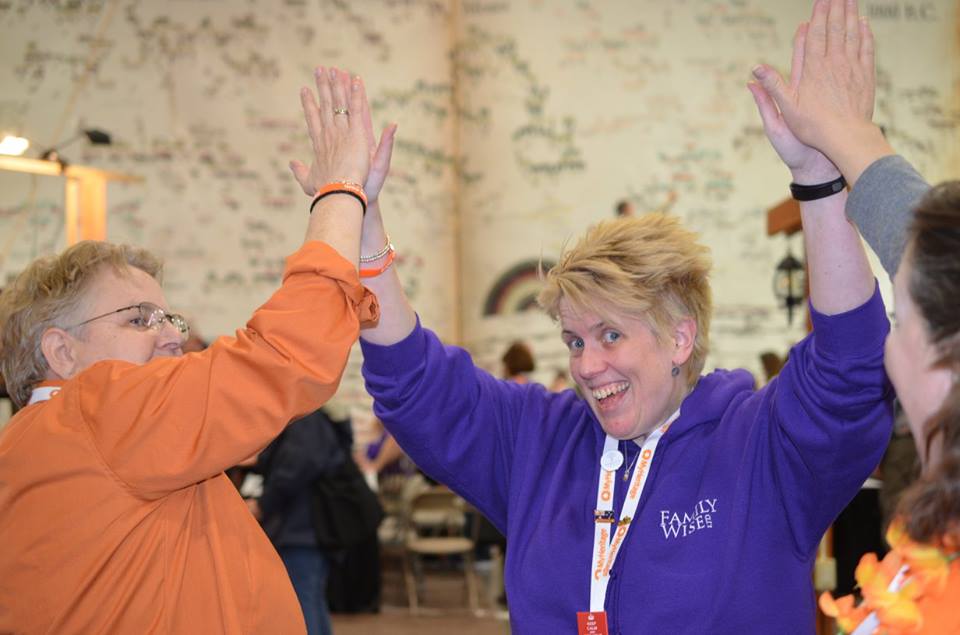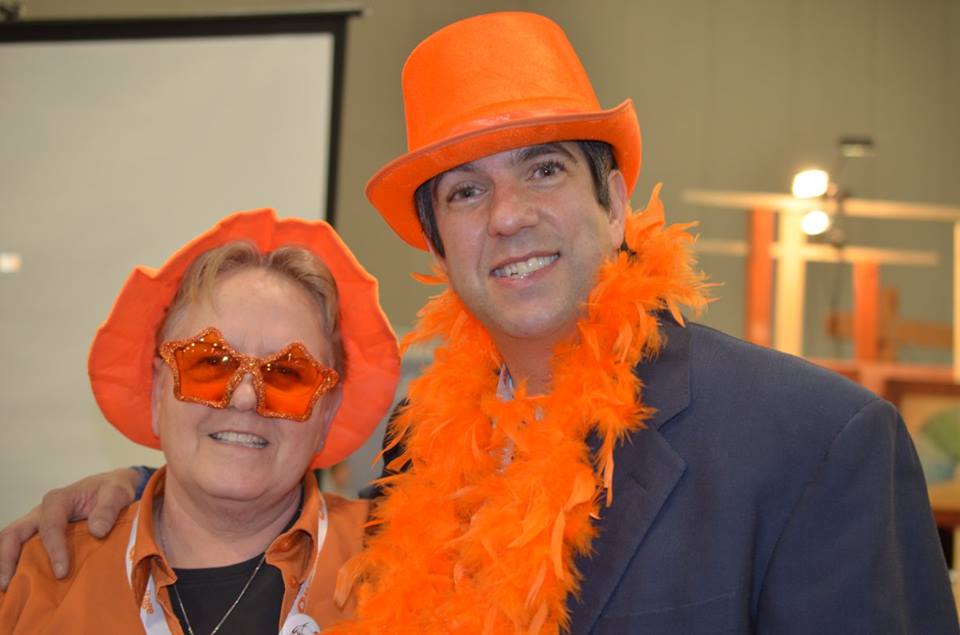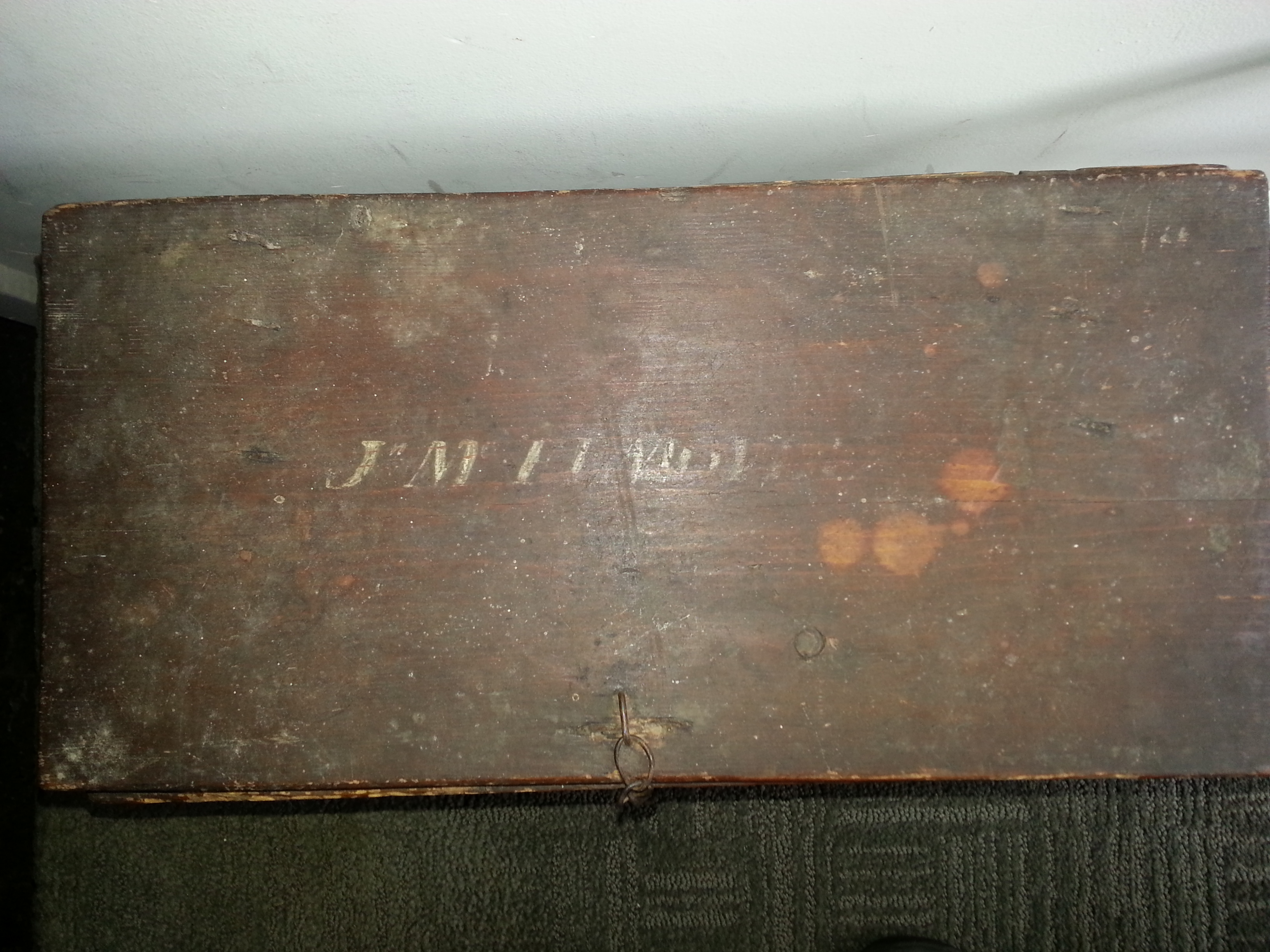Those new to me, Mags @GrandmsGenes.com, may not know that I am an avid WikiTreer. I use WikiTree as my research and presentation mechanism. I post my research as it happens, with theories and comments about the research from my work as well as from others researching the same lines. So it will often figure prominently in my posts.
I have spent the last week or so decompressing from my trip to Roots Tech 2016. I won’t bore you with how cool it was to see the WikiTree Volunteers who manned the WikiTree booth, how exciting it was to meet so many WikiTreers in attendance or how fun it was to sit down at a computer with people who wanted to join WikiTree and signed them up right there on the spot. OR with how cool it was to hang-out with Wikitree’s Forest Elf, Eowyn Langholf or WikiTreer-In-Chief Chris Whitten. Or meeting other bloggers and like minded peeps – no #shamefulnamedropping, but oh, it was so much fun.

But what I will do is share with you what I have read from the many, many Bloggers who attended. Generally their specific take-away from the conference was that the story of our ancestors is increasing in importance. No, not that our Ancestors have a story that we should find out about, but more that our ancestors have a story that we should write about or tell, in whatever form we chose.
WikiTree gives us a form for this. We can write about our ancestors stories in the G2G forum when we ask questions. We can post photographs with descriptions of what our ancestors were doing in those photographs to G2G or to their profiles. We can also post their story to their profile page (here is mine if you want to read some of my story). I know, I know…your already know that. But do you do it? Post their story to their profiles? Do you post their stories in your presentations? Do your clients get a story along with all the research?
I have and I haven’t. I have posted a few of my Ancestors stories. But mostly, I work on adding sources (including the actual data if I can get it) to the Biographies, but I don’t often flesh-out the story as well. I have been thinking about this since before Roots Tech or reading the blog posts from other bloggers. I have been thinking that I should work some on writing the story of all those facts and sources I have been posting/presenting.
I guess this could go along with What’s Your WikiTree Add Style? Slow and deliberate or addtheseprofilesfast then come back round to fill in the information. I am the deliberate adder. Though, I think maybe I should add a bit more of the, come back round to fill in the information to my add style. This way maybe I can work on telling the story too. Well, isn’t that a part of what the Biography is for? Telling the story?
So the trend identified by so many of the Roots Tech Attendees is that more Genealogists are moving towards telling the story of the Ancestors we are researching as well as all the traditional, charts and trees.
So I ask, what is the story in your research?



